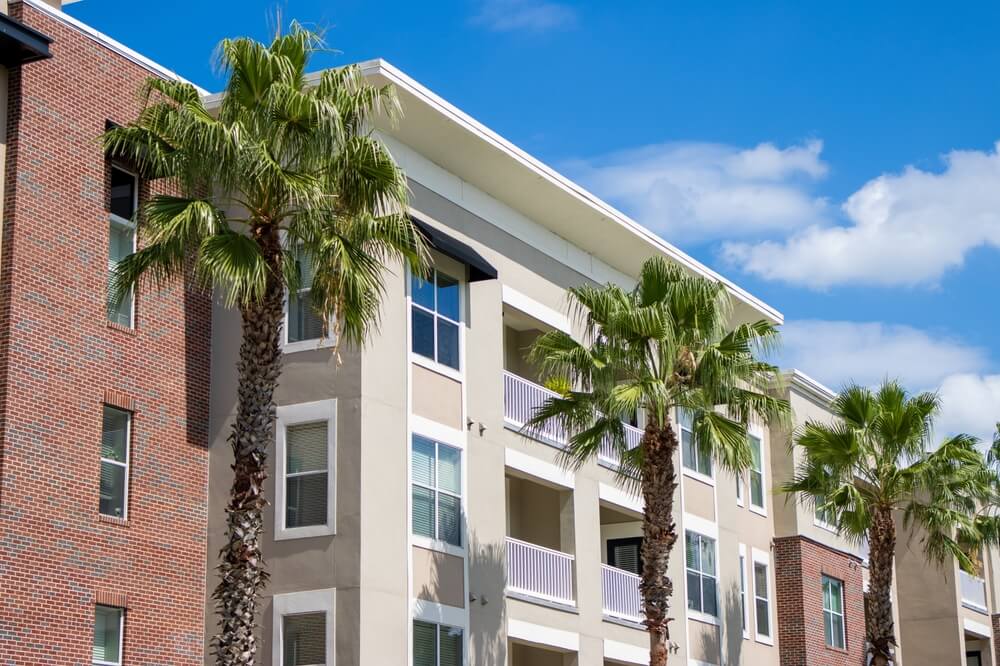
If you are not redirected within 30 seconds, please click here to continue.
Samedi: 10h – 16h HAE

If you are not redirected within 30 seconds, please click here to continue.
If you are not redirected within 30 seconds, please click here to continue.
How Much Are Your Possessions Worth? Make Sure Your Home Insurance Policy Has You Covered

Whether you live in a large house filled with antiques and art, or you are a student in a small apartment with not much more than a futon, desk, and a pot for making ramen noodles, have you correctly assessed the value of the contents in your living space? If you ever need to file a home insurance claim for damages to your possessions, it’s vital to account for all you have accurately.
Imagine how financially devastating it would be if you suddenly had to replace every single thing you owned. You might come home one day to a flooded condo from a burst pipe, a devastating house fire, or even to theft. Nobody expects these things to happen, but you can protect your possessions and give yourself peace of mind in case they do.
For homeowners, contents insurance is a type of property insurance. It’s different than condo insurance though, so check your policy and make sure you are covered for both your home’s structure and the contents inside. For renters, your contents are covered by tenant's insurance – don't assume your landlord covers you in the event of misfortune. It's your responsibility to insure your belongings.
Know what the replacement value is of your contents
Having an accurate idea of the replacement value of all your items can help give you a good sense of what kind of coverage you need, and what to expect from your insurance policy in case you do need to replace your possessions. However, taking a tally of everything you own and coming up with a figure can seem like a daunting task.
It is quite common for people to undervalue the worth of their possessions, partly because it’s easy to forget many items that you don’t look at every day. Don’t give in to the temptation to guess at an arbitrary figure. If you undervalue your possessions, you may not have enough coverage if something goes wrong. On the other hand, if you overvalue your stuff, it may mean paying higher premiums than you need.
Take an inventory room by room
Some people find it easier to make a list of their belongings according to the rooms where they are located. You can also create categories such as furniture, appliances, electronics, etc. It’s helpful to also take photos, especially of any rare or expensive items such as jewelry, artwork, musical instruments, and so forth. The record you make of your possessions should be kept in more than one place – ideally, one should be stored somewhere outside the home, or online in the cloud.
Be careful not to forget less obvious things such as:
- Picture frames and wall shelves
- Carpet, curtains, chandeliers
- Vacuum cleaners, brooms, cleaning products
- Frozen food
- Perfumes, toiletries, medications
- Clothing, including hats, gloves, scarves, belts, shoes
- Lawnmowers, barbecues, bikes, tools, patio furniture, garden sheds
- Bathroom cabinets and mirrors
- Cameras and sports equipment
Know what your policy’s coverage limits are
For new items, you probably remember what they cost. Get into the habit of keeping receipts and storing a copy of them with your list. For many things though, such as the dishes and bedding you’ve had for years, the appliances that came with the house, and old family heirlooms, you will need to come up with an accurate idea of what these items would cost if you had to replace them. The internet is a great place to start. How much would a similar new couch cost? A new fridge?
Rare and expensive items such as jewelry, antiques or artwork may need to be appraised by a professional to determine their value accurately. If these items are substantially high in value, then you may need an extra insurance add-on, called an insurance rider, added to your policy.
Be aware that different insurers offer different coverage limits. Do not assume you are insured for the full value of your home insurance policy entirely. If you have questions, call your insurance agent or broker and get the answers you need.
How to record the value of the items you own
Recording all your items and their value in a simple spreadsheet works fine. Still, many insurance companies have helpful free online tools with drop-down lists that will help make documenting your items and their value faster and easier. These provide tips and calculate the total for you. Once you have a record, make sure to review and update it once a year, and include any significant changes to your possessions or their values.
What is actual cash value versus replacement cost coverage?
It’s also essential to understand the type of coverage you have or need. If you have “Actual Cash Value” coverage, you’ll only receive the current market value of your possessions. With “Replacement Cost” coverage, you will receive the amount of money needed to replace your home or its content, up to the specified limit of your policy. The premiums for the latter are higher, but you will have fewer limitations on replacing your items.
When you receive your current home insurance provider’s quote, shop around to compare the rates. You might find a cheaper policy that can help you protect all your belongings.
Get money-saving tips in your inbox.
Stay on top of personal finance tips from our money experts!










